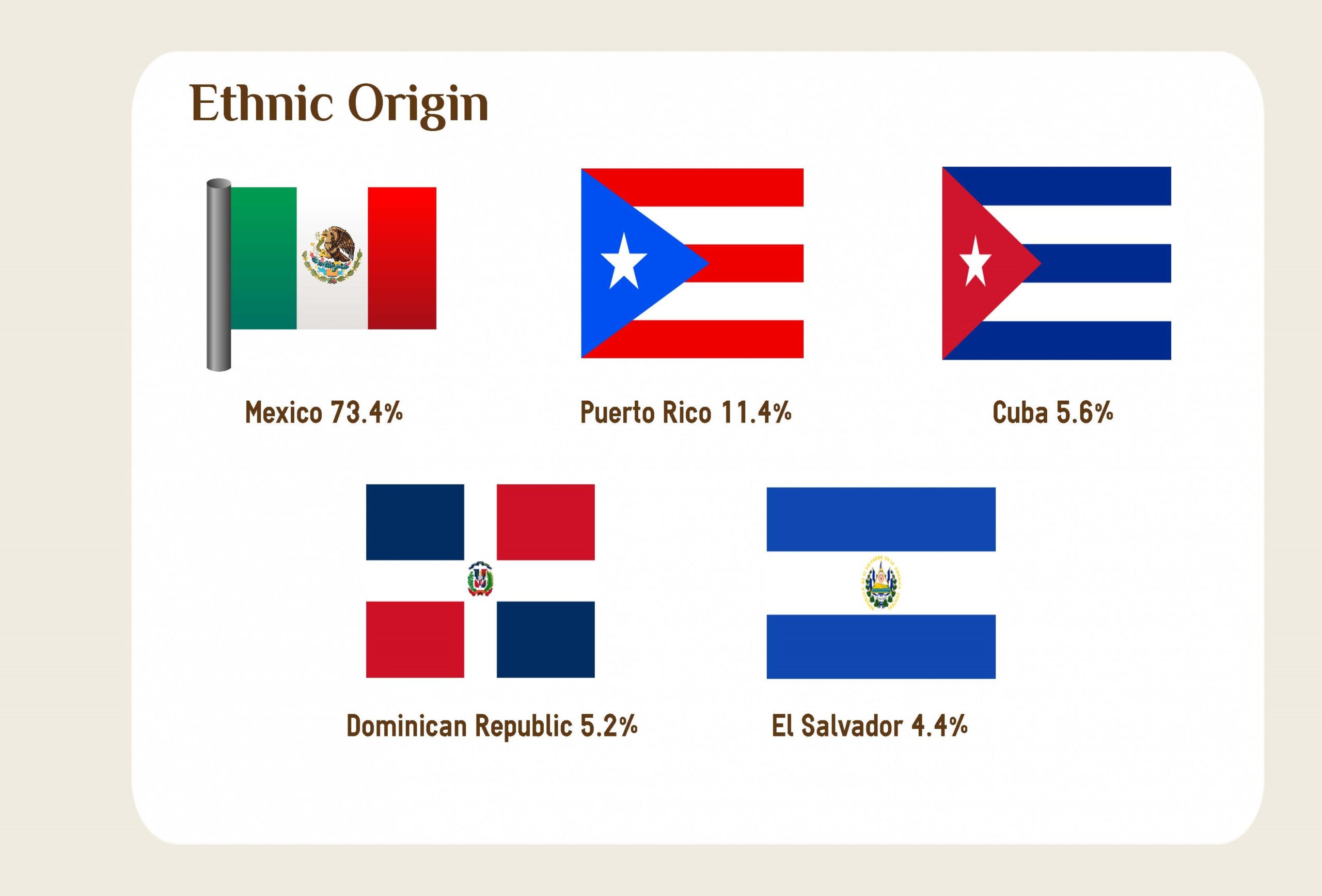October 15th concludes Hispanic Heritage Month. I’d hope to share a WISER Dialogue video with Dr. Nancy Lopez, but we encountered a glitch with the recording. So instead, I’ll share three key points from our conversation.
- Hispanic is used to identify people of Spanish ancestry or colonization; therefore, it is an ethnicity, not a race. Dr. Lopez is one of the leading scholars on “street race,” which she describes as the race a person on the street would ascribe to you if they knew nothing else about you. She is advocating for the Census and other government agencies to collect data on race and ethnicity to allow policymakers to identify the nuance in outcome within the Hispanic community.
- Dr. Lopez reminded me that the Census is not just a count of people for the allocation of political seats and government funding. It is also used to measure violations of civil rights. Have you been counted?
- I have always understood Hispanic and Latino not to be interchangeable. I understood Latino to be people from Latin America and Hispanic, as described in #1. (See Who is Hispanic?) Dr. Lopez introduced me to a new understanding of Latino that is “political,” not biological. She shared with me the following.
We use the term Chicana when referring to U.S. women of Mexican descent, Mexican origin, and Mexican ancestry. Chicana scholars are the founding mothers of Latina intersectional feminist thought. We broaden our frame to place Latinas at the center, as subjects of inquiry and active agents in the gathering and analysis of our subordinate social locations. We caution that “Latino/Latina” as a social construct must be problematized, that it is complicated by differences in national origin, citizenship, race, class, and ethnicity and by the confluence of these factors. An intersectional approach acknowledges these differences and seeks to reveal and understand how they shape social experience (Zambrana 2011, 6-7). When we use the term Latinas, it is not as a unitary term that homogenizes distinctive heritage groups, but as a term of implicit solidarity with other U.S. groups with a Spanish colonial history and genealogical, political, cultural, and ethnic ties to Latin America (Latina Feminist Group 2001; Saldivar-Hull 2000). Latinas represent about 16.4 percent of the female population in the United States, of which 64 percent are of Mexican origin. Baca Zinn and Zambrana (2019, p.678)
I am grateful to WISER Dialogue guests for the many ways they inform my perspectives on policy issues. Baca Zinn and Zambrana layout clearly why disaggregating data is essential. Disaggregation is the mechanics of how the data are analyzed and intersectionality the lens by which we interpret the results.
I knew that Hispanic in data collected by the U.S. Census Bureau followed the definition of Spanish origin. Still, I had not paid attention to the fact the question used Hispanic and Latino interchangeably. I have been resistant to using the term Latino instead of Hispanic in my research using Census data because I knew the question did not include the definition of Latino as I understood it.
My conversation with Dr. Lopez has me even more torn about which to use, Hispanic or Latina. If I use Latina, but the data only includes women from Graph 1., will a woman from Brazil see herself in the report? Our conversation was a reminder of the complexities of inequality research.
Graph 1. Ethnic Origin of Hispanic Women (full infographic)
 |




